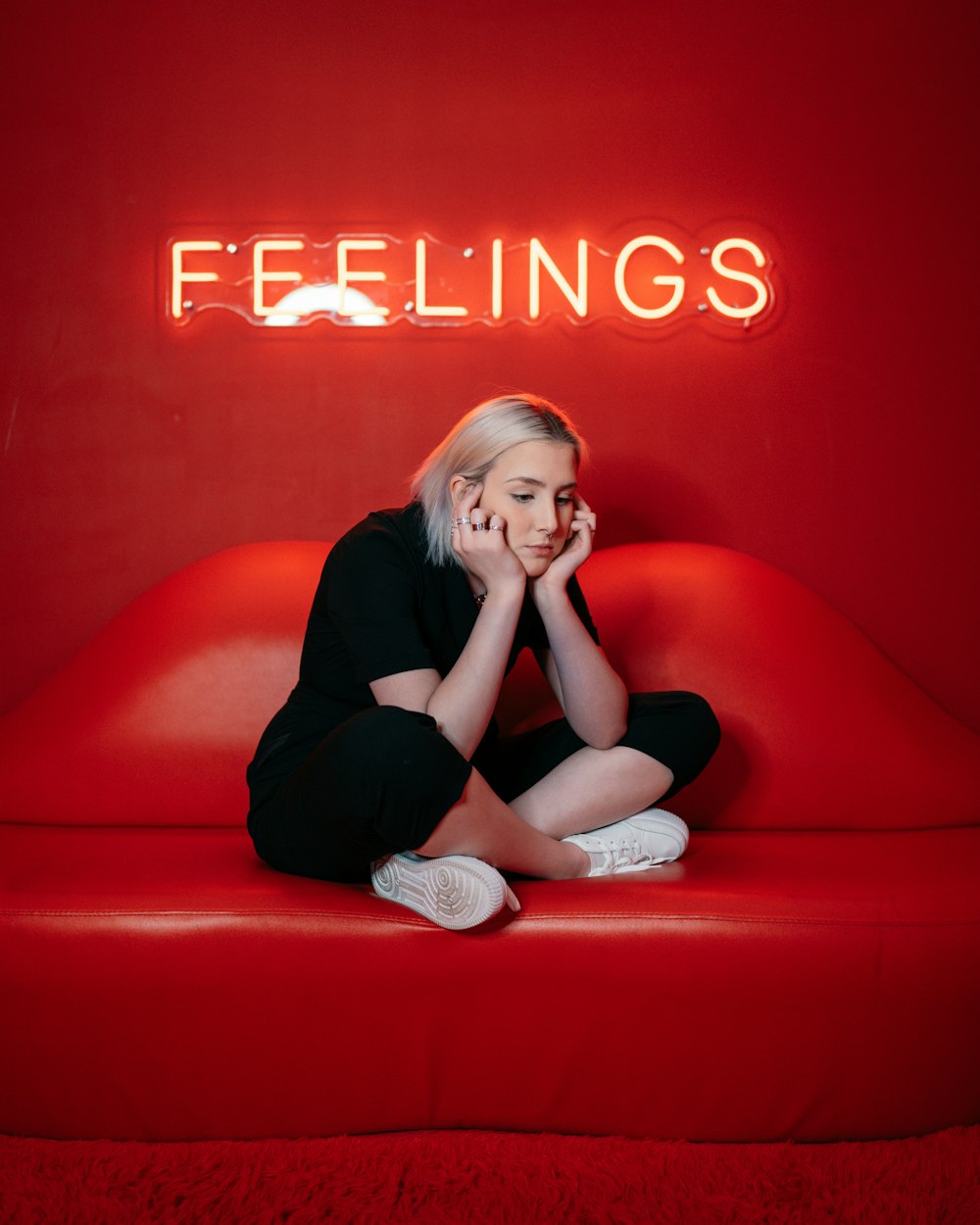The Power of Word Imagery
As writers, we hear the phrase “show, don’t tell”, so often, we might be tempted to start treating it as white noise. I urge you not to. In fact, I suggest that each time you run across that phrase, you pause for half a second to let it sink in. It’s more than a tired phrase of instruction and warning.
Words are powerful, as we know. It all depends on how you use them.
When people read our books or stories, we don’t want them to just know what our characters are thinking or feeling. We want readers to feel what the characters feel. Feel what the characters are thinking. Feel what the characters aren’t saying.
Telling a story is about more than pretty words. It’s also sharing emotions with readers and creating emotions for readers. Emotions are everything. If our readers don’t feel empathetic with our characters, our story will be flat and dull. They may read for a bit, subconsciously searching for those nuggets that pull them into the character’s plight, but they’ll give up when they realize there aren’t any nuggets.
I recently read “I Must Betray You” by Ruta Sepetys. Many of you already know what a talented and powerful writer Ruta is. But if you don’t, do yourself and your writing a favor and check her out.
Anyway, in this book, I ran across phrases that stopped me in my tracks. Not only did they tug at my emotions, but they also gave me pause with their wonderful imagery. Her word choices gave shape to emotions, not just the idea of them.
Words delivered as images make our sentences powerful. They hardly need context to have an impact.
For example, here is an excerpt from “I Must Betray You”:
“He leaned across the desk, exhaling the dead nicotine that lived on his pasty, yellow tongue.”
Are you kidding me? That is an amazing sentence. I can smell his breath, and I’m disgusted. Both with him and his stink. I know this is an unsavory character. You see it AND you feel it through these words.
How about this one: “I stared at the agent in front of me. A shivery sweat glazed my palms and an invisible moth flapped in my windpipe.” Again, can you feel the emotion here? She could have simply had the character say he was nervous. But while you would know the definition of the word, you would be less likely to feel the emotion of those nerves. Right?
What I’m saying is, as a writer, don’t become complacent about the show-don’t-tell refrain. Don’t let yourself think blah blah blah I already know this stuff when you see those words. Every time you read or hear those words, pause and let them sink in. Do yourself and your readers that simple favor.
It’s amazing how writers think they’ve heard advice about “showing” enough times, yet they repeatedly slip into telling.
Telling has its place, don’t get me wrong, but I know you understand the power of showing. Use it.
On that note, I recommend “I Must Betray You” as both an impactful, fascinating historical fiction for readers, and as a study in beautiful, powerful writing for all writers.
Thank you for visiting my blog.
Happy reading!
Book Recommendation:

Inspirational Quote:
“Find out where joy resides, and give it a voice far beyond singing. For to miss the joy is to miss all.”—Robert Louis Stevenson


